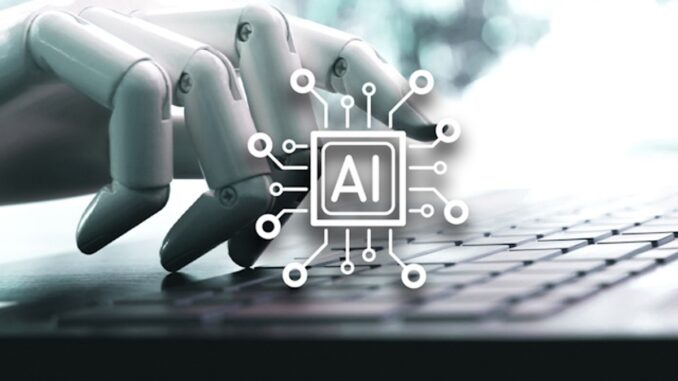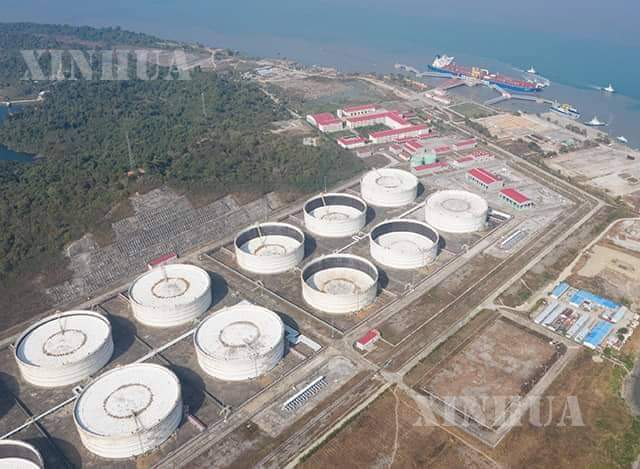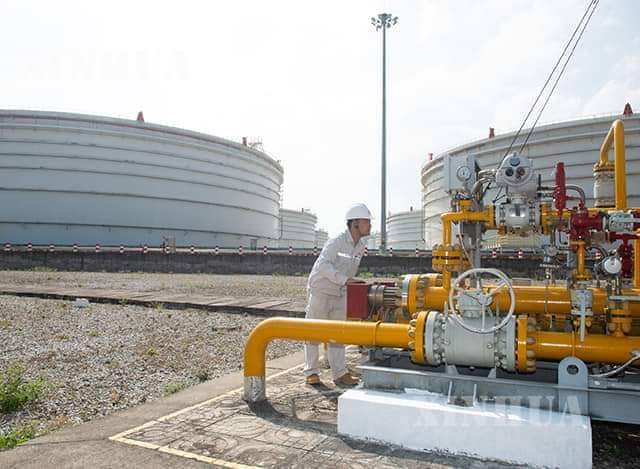
Deploying AI models in production involves a range of tools and frameworks designed to streamline the process, ensure scalability, and maintain the performance of the AI systems in a real-world environment. Here’s an overview of key tools, platforms, and practices for AI deployment and production:
1. Model Development and Training Tools – Before deployment, AI models are typically developed and trained using specialized tools, which include:







– **Frameworks and Libraries:**
– **TensorFlow:** An open-source machine learning framework that supports deep learning and is widely used for building and deploying AI models.
– **PyTorch:** Popular for its dynamic computation graph and ease of use, especially in research settings. PyTorch also has deployment tools like TorchServe.
– **Scikit-learn:** A library for classical machine learning algorithms that is easy to use for smaller-scale projects.
– **Integrated Development Environments (IDEs):**
– **Jupyter Notebook:** A web-based interactive computing environment that allows data scientists to write and run code, visualize results, and document the process.
– **Google Colab:** Similar to Jupyter, it offers free access to GPU and TPU resources for training models.
### 2. **Model Versioning and Management**
– **DVC (Data Version Control):** A version control system for machine learning projects that integrates with Git, allowing tracking of model and data changes.
– **MLflow:** An open-source platform for managing the ML lifecycle, including experimentation, reproducibility, and deployment.
– **Weights & Biases:** A tool for tracking experiments, visualizing results, and sharing insights in collaborative environments.
### 3. **Deployment Platforms**
Once AI models are trained and validated, they need to be deployed on platforms that support scalability and reliability:
– **Cloud Services:**
– **AWS (Amazon Web Services):** Offers a range of AI services, including SageMaker for building, training, and deploying ML models.
– **Google Cloud AI:** Provides an array of tools such as Vertex AI for deploying scalable ML models and AutoML for automated model building.
– **Microsoft Azure:** Azure Machine Learning enables users to manage the end-to-end ML lifecycle, including deployment to cloud-based endpoints.
– **Containerization:**
– **Docker:** A widely adopted tool for creating, deploying, and running applications in containers, allowing for consistent environments across different stages of development and production.
– **Kubernetes:** An orchestration platform that automates the deployment, scaling, and management of containerized applications. Popular for deploying complex AI systems that require scalability.
### 4. **Inference and Serving Tools**
Serving refers to making trained models accessible for predictions and inference:
– **TensorFlow Serving:** A flexible, high-performance serving system for machine learning models designed for production environments.
– **TorchServe:** A robust tool for serving PyTorch models with features like multi-model serving and model versioning.
– **BentoML:** A framework for serving ML models as REST APIs with support for multiple deployment targets, including AWS Lambda and Kubernetes.
### 5. **Monitoring and Logging**
After deployment, monitoring performance and ensuring the reliability of AI systems is crucial:
– **Prometheus and Grafana:** Open-source tools for monitoring and visualization that can be integrated to track metrics for AI applications.
– **Sentry:** A monitoring and error-tracking tool that helps developers identify and fix bugs in production applications, including AI models.
– **Data Drift Monitoring:** Tools like Arize AI or Evidently AI help in tracking data drift, model drift, and ensuring models remain accurate over time.
### 6. **Testing and Validation**
– **Tessellate:** A tool that helps manage and test data used in AI systems, ensuring that inputs are consistent and match expected formats.
– **Great Expectations:** A framework for data validation that helps in maintaining data integrity throughout the AI lifecycle.
### 7. **CI/CD for AI**
Continuous Integration and Continuous Deployment (CI/CD) pipelines are essential for automating the deployment and updating of AI models:
– **GitHub Actions, Jenkins, GitLab CI:** Tools commonly used to set up CI/CD pipelines for automating testing, integration, and deployment tasks throughout the ML pipeline.
– **Kubeflow:** An open-source platform designed to manage machine learning workflows on Kubernetes, which supports CI/CD practices for ML models.
### 8. **Feedback Loops and Iteration**
– Setting up mechanisms to gather feedback from the deployed AI systems to continuously improve models based on real-world performance and user interactions is essential. Tools that facilitate user feedback collection and analysis can be invaluable.
### Conclusion
Deploying AI models in production requires a combination of specialized tools and best practices to ensure performance, scalability, and reliability. The landscape of AI deployment tools is rich and diverse, allowing organizations to choose solutions that fit their specific needs. Effective deployment and monitoring strategies not only facilitate immediate operational success but also enable continuous improvement of AI systems as they evolve and adapt to changing data and user requirements.


Leave a Reply